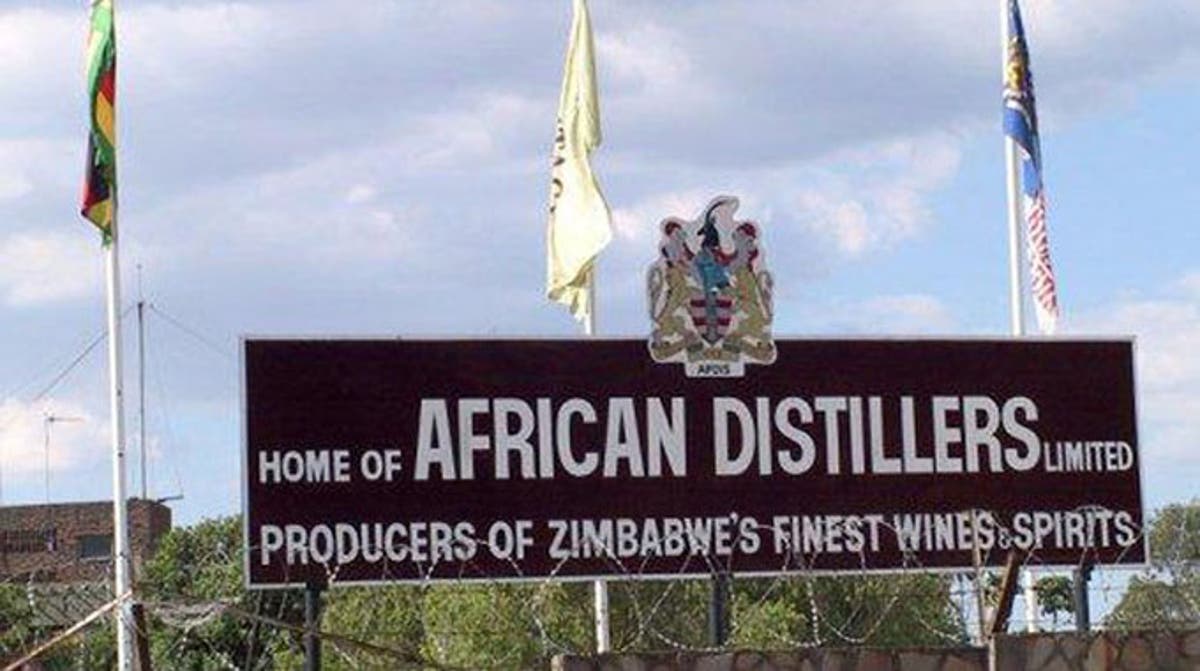WBWS system fails to address forex, exchange rate challenges
Business and economic analysts have called for the Reserve Bank of Zimbabwe (RBZ) to adopt a truly market-driven exchange rate, arguing the current Willing-Buyer-Willing-Seller (WBWS) system, despite its purported market-based nature, is still a controlled system that is creating shortages and inefficiencies.
The WBWS system was introduced by the central bank in April 2024 as a replacement for the previous foreign currency auction system. The system is aimed at creating a more market-driven exchange rate by allowing buyers and sellers to negotiate directly for foreign currency.
However, the system has been plagued by persistent shortages of foreign currency, with businesses complaining about their inability to access hard currency for the importation of critical raw materials.
The market’s liquidity has been further exacerbated by businesses’ reluctance to dispose of their foreign currency holdings, driven by concerns about a potential devaluation and an unrealistic exchange rate.
Authorities have dismissed these claims, asserting that there is sufficient liquidity in the market to meet the bona fide foreign currency needs of businesses.
The authorities also suggest that some companies may be seeking forex to build up inventory as a means of value preservation.
In addition, they argue that certain businesses, despite generating foreign currency through their sales, are reluctant to use these funds for imports and prefer to rely heavily on the interbank market.
Since the introduction of the ZiG and the establishment of the interbank foreign exchange market in April 2024, the exchange rate has remained relatively stable, averaging around ZiG13,6 to US$1.
However, the market saw a jump in alternative market rates at the beginning of August to around ZiG24 to US$1.
The RBZ has frequently intervened to provide liquidity, with approximately US$190 million having traded on the interbank market between April and August 3.
While this represents an average of about US$38 million per month, it is a significant drop from the monthly allocations of approximately US$70 million under the previous auction system.
It is, however, important to note that some of the allocated funds were not immediately disbursed, and during the transition from the Zimbabwe dollar to the structured currency, ZiG, there was a backlog of US$90 million, which has since been converted into a tradable Government bond.
Captains of industry and analysts believe that for as long as challenges persist regarding access to US dollars for key imports using ZiG, the currency will keep struggling to achieve widespread market acceptance.
The Confederation of Zimbabwe Industries (CZI), in its latest inflation and currency developments update, said some companies were struggling to obtain foreign exchange on the official market.
“This will likely undermine the acceptability and wide use of ZiG,” CZI said.
The RBZ said its intervention was prompted by the build-up in pipeline demand for foreign currency in the interbank market, a scenario that put undue pressure on the foreign exchange market.
“This shows that despite the stability of ZiG, there is excess demand for US dollar, which should have resulted in a significant depreciation of ZiG were the exchange rate truly market-determined,” CZI said.
Small Enterprises Association of Zimbabwe (SMEAZ) chief executive officer Farai Mutambanengwe said authorities needed to address issues around exchange rate determination.
“The country needs a market-determined rate, we cannot have a situation where RBZ has a rate of ZiG13,82 while the street rate is around ZiG23 because the foreign currency is not readily available.
“That is why we are witnessing price increases in ZiG and like before the country risks the rejection of ZiG going forward.
Economist and former monetary policy committee member Eddie Cross said the country was back in a situation where economic agents take advantage of exchange rate disparities to indulge in arbitrage.
“The situation is bringing many consequences. First, we have people emptying their ZiG on products from formal retail stores going to make (more) profit at a higher exchange rate of 24.
“OK is facing liquidation (risk) right now because they have hordes of ZiG while there is no US dollar to buy because people are holding on to it.
“National Foods is importing many of its raw materials using US dollars and is forced to sell the products in ZiG. How are they going to recoup their US dollars when the formal market is holding on to its foreign exchange?
“It’s a mess and the only way to sort this out is to have an open and free market.
“The solution is to have people liquidate their USD upon receipt because the multicurrency is causing all this.
“Let us just use our currency, everyone remits their forex to the RBZ and gets it when they need it. South Africa is doing it, Namibia, Mozambique and Botswana do the same,” he said.
Economics professor Gift Mugano argued the unrealistic nature of the exchange rate was evident in the persistent shortage of foreign currency despite the overwhelming demand. The interbank rate has remained relatively stagnant, even in the face of such a significant shortfall.
“A controlled exchange rate is akin to commanding the price of a commodity,” he explained.
“When there is a shortage, the price naturally rises. The same principle applies to foreign currency.”
Prof Mugano pointed out that the interbank exchange rate was far below the parallel market rate. This discrepancy has led to a shortage of foreign currency in the official market, prompting exporters to hold onto their earnings.
“Exporters are caught in a double bind,” Prof Mugano said. “They lose money due to the 25 percent export retention, where they receive their funds in Zimbabwean currency at a lower rate. Then, they risk further losses by liquidating their foreign currency at the official rate.”
To address these challenges, Prof Mugano advocated for a more flexible exchange rate system.
“Liberalisation will allow the market to determine the true value of the Zimbabwean Gold,” he said.
“While the currency itself is less important, a realistic exchange rate is crucial for economic stability and efficiency.
“That is why in the region, the Rand works, Pula works, Namibian dollar works, because the rate is liberalised. “They must just have to liberalise the exchange rate.”
In its 2024 Mid-Term Monetary Policy Statement review and analysis, FBC Holdings said exchange rate targeting in Zimbabwe has had limited effectiveness due to a confluence of factors, including a lack of confidence, inconsistent policies, and external economic pressures.
Exchange rate targeting is a monetary policy tool where a country’s central bank actively intervenes in the foreign exchange market to maintain their currency’s value within a specific range or level relative to a single foreign currency or a basket of currencies.
While exchange rate targeting can be a component of a comprehensive economic reform package, its success in Zimbabwe would necessitate stable macroeconomic fundamentals, greater policy consistency, and the restoration of trust in the local currency,” said FBC.
“The exchange rate targeting in Zimbabwe has had limited effectiveness due to the combination of complex factors such as confidence deficit, policy inconsistency and external economic pressures,” said FBC.
The Confederation of Retailers Zimbabwe (CRZ) said the primary constraint currently facing businesses in the retail and wholesale sectors was the volatility of the exchange rate, which is severely disrupting operations throughout the supply chain.
It said the existing exchange rate mechanism was making it nearly impossible for businesses to recover their investments.
This instability has led to a significant demand for the US dollar, which is not readily available through formal banking channels, further exacerbating the issue.
Retailers and wholesalers are burdened with substantial stocks of ZiG, but there is insufficient market capacity to absorb these funds, creating a liquidity trap.
For example, sugar suppliers require payments in a split of 85 percent US dollar and 15 percent ZiG.
“Implement a transparent and market-driven exchange rate system that allows businesses to access foreign currency through formal channel,” urged CRZ.
Executives of some leading manufacturing companies revealed to this publication that they have been unable to secure sufficient foreign currency on the interbank market, with some reporting receiving as little as US$10 000 against monthly requirements of US$400 000.
They also disclosed that while they sell some of their commodities in US dollars, they also sell in ZiG, meaning that a portion of their ZiG sales revenue must be used to acquire US dollars to replenish their stock.-ebsinessweekl










